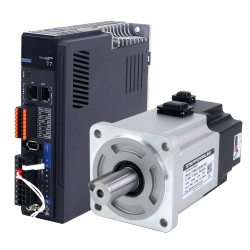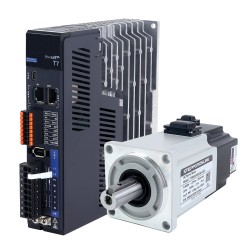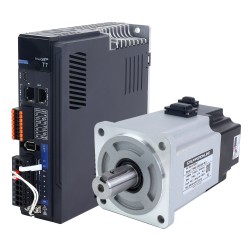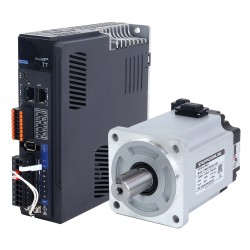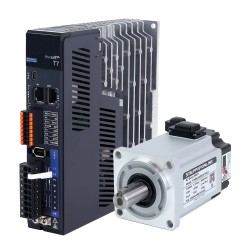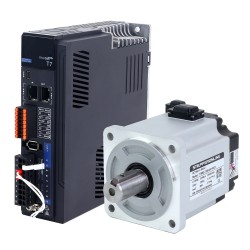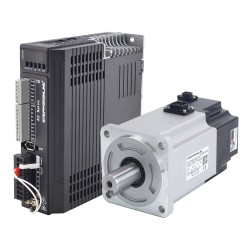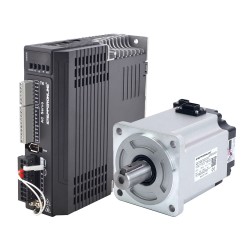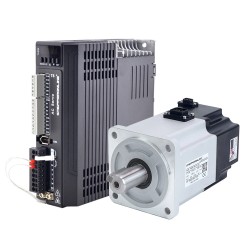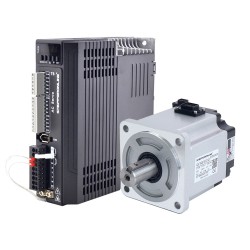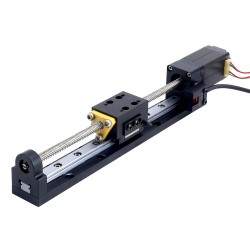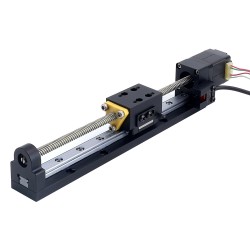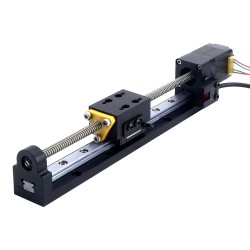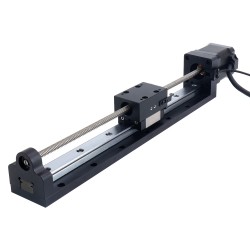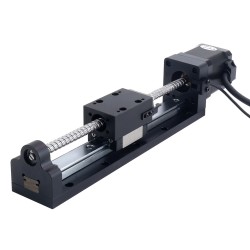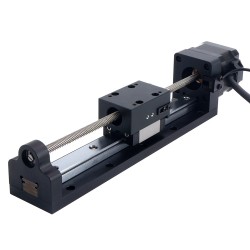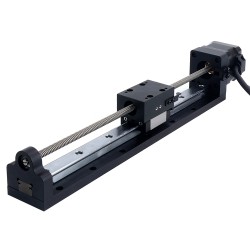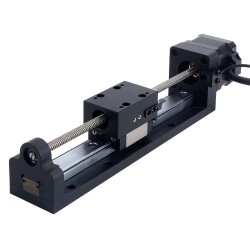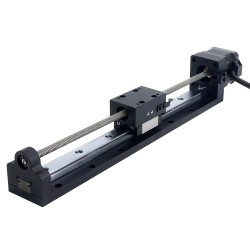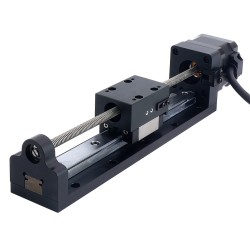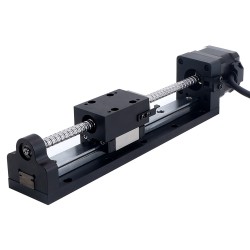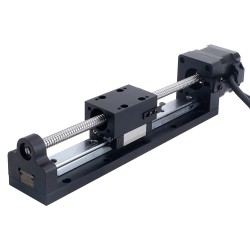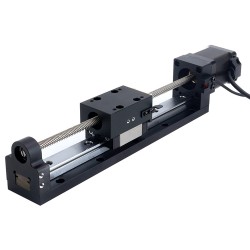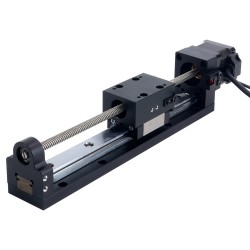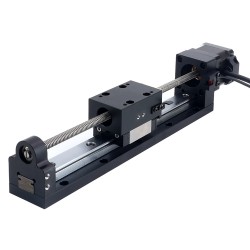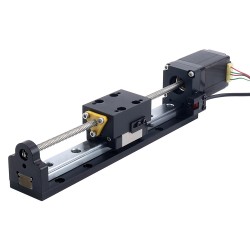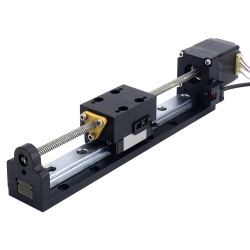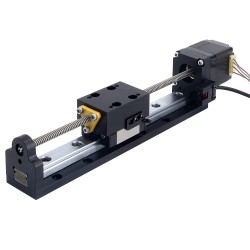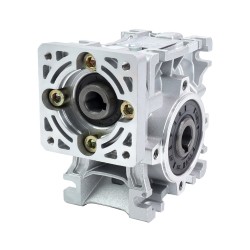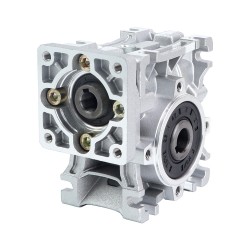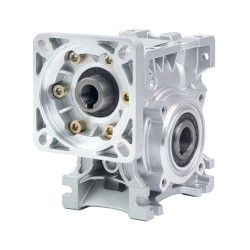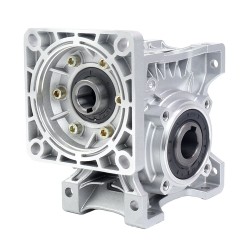25 Apr
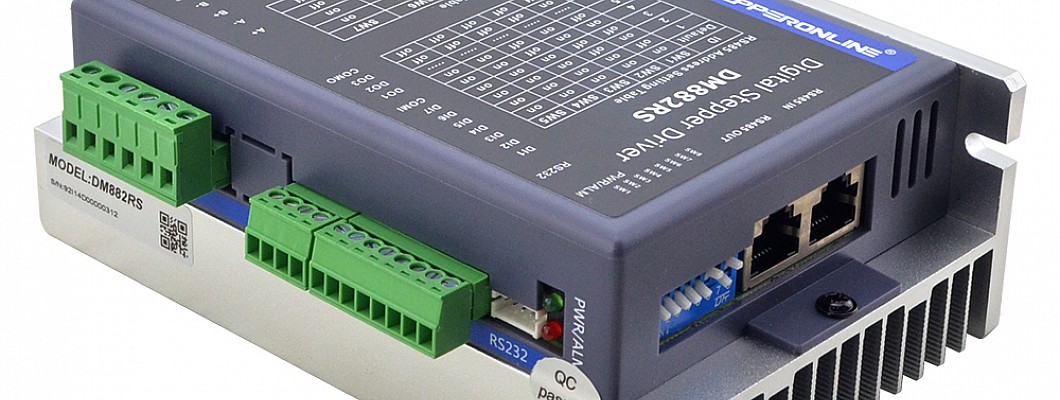

485 communication is a serial communication protocol, also known as RS-485 communication. It is a half-duplex, differential signal transmission communication protocol that can be used to transmit data over long distances (up to 1200 meters). It is commonly used to connect multiple devices and allows bidirectional communication between them. The following are the basic principles and advantages of 485 communication:
Basic principles:
- 485 communication uses differential signal transmission, using two wires to transmit signals, called the A line and B line. The voltage on these two wires can be positive, negative, or zero, and data is transmitted based on the differences in these voltages.
- When transmitting data, the communication port converts the data to be transmitted into voltage signals and sends a voltage signal on both the A and B lines, with the difference between the two signals representing the data to be transmitted. At the receiving end, the 485 chip decodes the received voltage signals and converts them back into data.
- 485 communication is a point-to-multipoint communication method that allows multiple devices to communicate on the same 485 bus. Each device has a unique address, and the device address needs to be specified when communicating.
Advantages:
- Long-distance transmission: 485 communication can transmit data over a distance of up to 1200 meters, making it advantageous for transmitting data over long distances.
- Bidirectional communication: 485 communication supports bidirectional communication, and multiple devices can communicate on the same bus, with communication speeds of up to 10Mbps.
- Interference resistance: 485 communication uses differential signal transmission, which has strong suppression capabilities against interference signals, making it suitable for use in noisy environments.
- Low cost: 485 communication requires low hardware costs, making it an ideal choice for low-cost communication
Main applications:
- Industrial automation control: 485 communication can be used to connect multiple industrial automation devices such as sensors, actuators, controllers, etc., to achieve monitoring and control.
- Smart home systems: 485 communication can be used to connect multiple smart home devices, such as temperature sensors, light controllers, appliance controllers, etc.
- Environmental monitoring: 485 communication can be used to connect multiple environmental monitoring devices, such as gas monitors, humidity meters, temperature meters, etc., to collect environmental data.
- Building automation control: 485 communication can be used to connect multiple building automation devices, such as access control systems, security systems, elevator controllers, etc.






















































